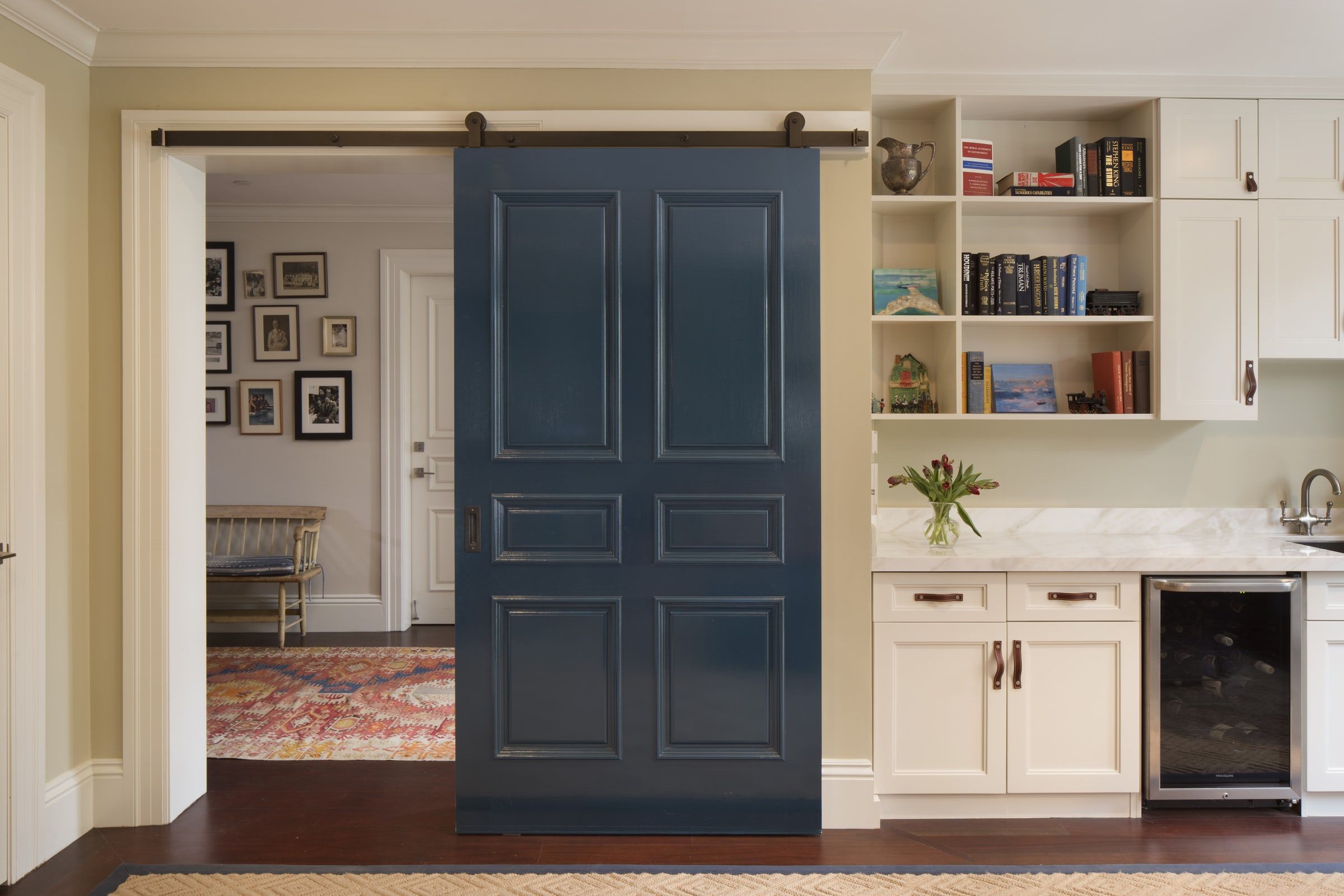The manner India eats has modified so much that Indians may not even be privy to the revolution brewing within the eating place enterprise. As increasingly more Indians in towns order food, restaurants are evolving to shed the appendages they no longer want.
The meals delivery market is presently a $35 Bn market international, and by using 2030, it could be well worth ten instances that lots, in keeping with marketplace analysts. Valuations no longer equal profit, but that’s the pea in the princess’s bed. In an instant, nearly no one inside the food tech commercial enterprise has made earnings.
A few attitudes show that food tech startups are far from profitability — closing 12 months, India’s meals transport majors Zomato and Swiggy made a collective loss of over $550 Mn. Amazon-sponsored Deliveroo’s losses widened to $285 Mn in the United Kingdom. Over in the US, the main food transport platform, Uber Eats, is probably losing money, but Uber does not provide a breakdown of its financials.
On the other hand, the counter, even restaurants, don’t seem to be glad and have moaned the increasing reliance on meal transport to decrease margins. The eating place business has constantly been a tough nut to crack. Starting-up prices are excessive, margins are thin, and crowds are fickle. So, with meal delivery fees and discounts weighing in on their already sagging bottom lines, restaurateurs had begun searching out a new commercial enterprise version.
Enter cloud kitchens.
Faster and less expensive to run than a quick food joint or short service restaurant, and with more culinary alternatives than a mall meals court, cloud kitchens are like Chinese Olympic gymnasts of the meals service enterprise, born and bred with a novel motive — to win at all costs. The Math Behind Cloud Kitchens The fundamental premise behind cloud kitchen economics is straightforward. Cloud kitchens no longer have a physical area for diners to sit down and devour. Instead, they depend completely on online for business and are closely dependent on meal aggregators such as Zomato and Swiggy.
We started four years ago with an excessive avenue restaurant; however, we quickly realized that paying INR 45K on hire for the orders we were raking in changed too extreme, so in 12 months, we pivoted,” Madhav Kasturia, one in every of Delhi’s first cloud kitchen restaurateurs and proprietor of 11 online throughout Delhi and Mumbai stated. This is a commonplace tale among many cloud kitchen proprietors, including India’s biggest — Rebel Foods. When Rebel’s CEO Jaydeep Barman’s first undertaking, a short-carrier-eating place chain referred to as Faasos, was weighed down by excessive rental prices and slowing in keeping with shop sales, he pivoted to a complete cloud kitchen version. Everyone is ordering in nowadays. Paying high rentals changed into getting inside the way of boom.
However, there is a larger cost that such kitchens cast off from the equation. One which Barman likes to name the tyranny of vicinity”. In client items retail, you may alternate the goods in a single day. However, your eating place is stuck with the name and the cuisine know-how you claimed initially,” – Jaydeep Barman. PCloud kitchens dispose of this limitation, permitting multiple manufacturers to exist below one umbrella from an identical region. For instance, the kitchen that churns out your preferred biryani can make pizzas or cook Chinese meals. On the app aspect, the man or woman branding for each of these “cuisines” makes them appear completely unrelated. Still, the identical cooking group of workers might be cooking meals for all restaurants beneath a cloud kitchen.
Swiggy has additionally offered 450 kitchens throughout metropolitan cities in India. An employer spokesperson said that the destiny will see transport-handiest kitchens become a substantial part of the food industry, adding that “With developing companion self-belief in Swiggy Access, we have seen 1 in 3 companions increase to a second kitchen, up from 1 in 4 companions the yr earlier than. By all measures, cloud kitchens seem to draw up an outstanding messianic story: the promise of nice without the tyranny of locationality, better margins, faster starting-up time, and returns on investment. They also tend to have longer shelf lives than standalone restaurants — so cloud kitchens seem to have it all blanketed. So, what’s the trap?
Big Fish Only
Like any warm new tech trend in its nascent stage, the cloud kitchen region is choking with too many competitors with similar services. Multiple cloud kitchen proprietors told Inc42 that it’ll soon become impossible for them to live on if they run an unmarried brand from a cloud kitchen.
Speaking about this dilemma, Anurag Katriar, the president of a pan-India restaurant body, Natiothe nal Restaurant Association of India (NRAI), and owner of two online eating places manufaconline, stated: “In the current marketplace conditions, it’s a terrific bet to move on. However, for a single logo closed kitchen, it’s a problem.” With food transport set to become the fastest-developing restaurant marketplace, international investors are pouring hundreds of thousands into growing a network of shared kitchens and garage centers.
Deliver chains to cut down on overheads and quickly spin up new ideas in rapid meals and casual dining. Single cloud kitchens can’t continue to exist in this industry because the systems (Zomato and Swiggy) will no longer permit you to continue to exist. Big chain manufacturers deliver them business and ad revenue. Still, smaller restaurateurs are easier to make the most of,” added Kasturia, who runs four online restaurants, including Street and Fortune Cookie.







